What to expect in the Android world in 2020: Foldables, 5G and excellent cameras
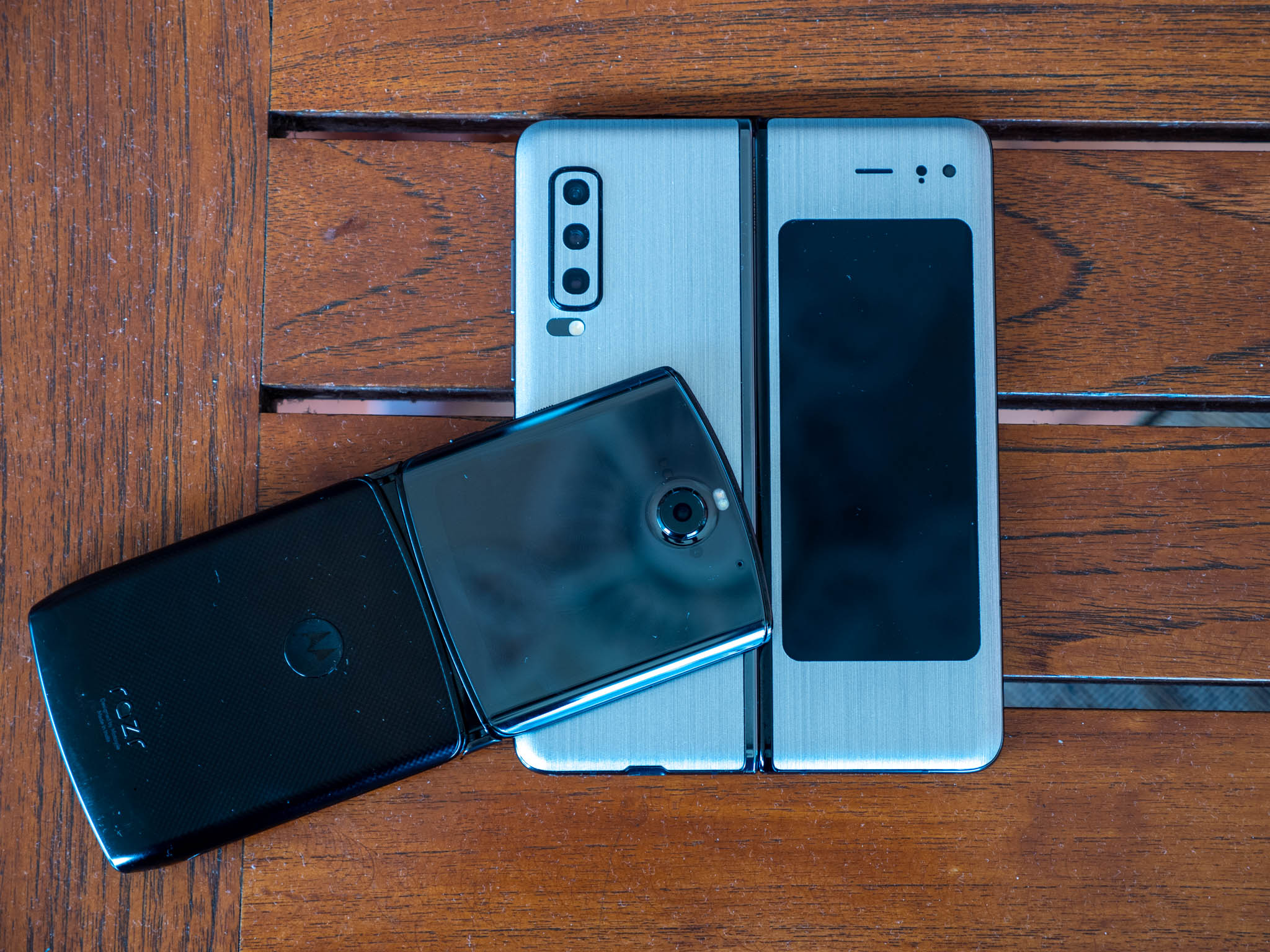
We just spent a considerable amount of effort covering all of the milestones of the past decade, but now it's time to look forward to 2020. The Android world always keeps us on our toes with tons of variety and innovation coming from unexpected places, and the start of a new year gives us an opportunity to speculate where it's all headed. These are the trends and changes I'm expecting in the coming year.
Foldable phones (for real this time)
2019 was supposed to be the year where foldable phones entered the mainstream. It didn't happen. The Galaxy Fold failed and re-launched after it had lost all momentum, and the Huawei Mate X never really launched in the first place. And so, we look forward to 2020 as the real start of foldables.
Not only will we see more foldables, we'll see a wider variety of designs.
The year will kick off strong with the new Motorola RAZR, which is not only a foldable but also the first clamshell-style foldable to immediately give the market some diversity from the tablet-style foldables we've seen. And all indications are Samsung has its own second-gen foldable with a similar clamshell-style design, and we know TCL (among others) is experimenting with a variety of display and hinge designs to bring different shapes and sizes of foldables to market.
These early foldables will still, of course, be riddled with compromises. There's still an incredible amount of complexity involved with making a phone that can repeatedly be folded and unfolded — both in the screen and everything underneath it. But this year will at least give us an opportunity to experience these foldable phones and start to better understand what they're all about.
Fewer ports, buttons and openings
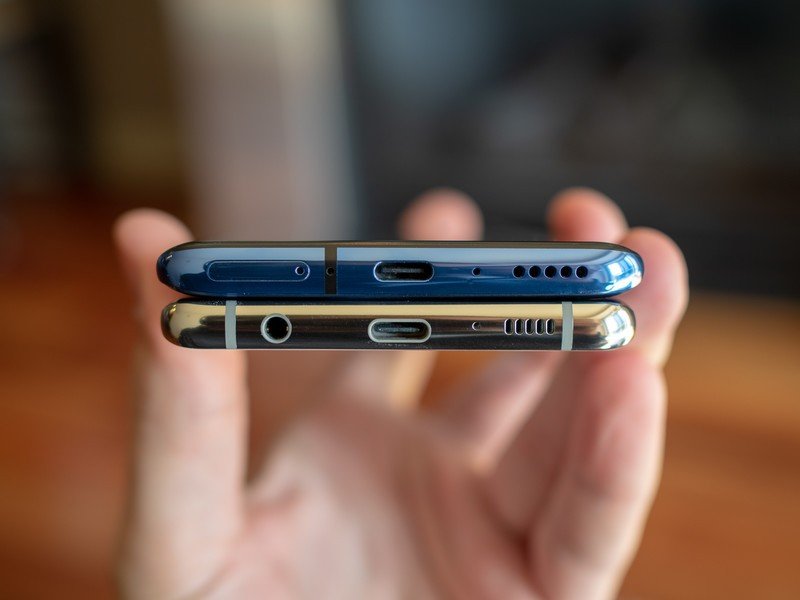
It's already no secret that smartphone companies want to simplify their hardware; hardware complexity is one of the biggest reasons why foldables are tough to make and incredibly expensive right now. Making unibody phones without removable batteries a handful of years back was a big step, but there's much more to do. The headphone jack is just about gone for good, and phones no longer have separate trays for SD card slots, but now we're going to start seeing phones without a SIM card slot either as they go all-in on eSIM.
Companies will do everything they can to remove hardware complexity.
We've already seen some phones drop traditional volume and power buttons entirely, with different solutions and mixed results. But this is the holy grail for hardware makers — the fewer openings, and fewer moving parts, you have in your phone the better. Whether it's pressure-sensitive "buttons" like HTC tried, or full-on capacitive areas, we're bound to see phones shift away from traditional clicking buttons.
The time of true stereo speakers was short, but we're going to start getting even further from it as companies once again try to simplify their hardware designs. Using a single speaker at the top of the phone for both phone calls and speakerphone is a start, but we also see innovative solutions with bone conduction and using the display panel as a speaker. A phone's audio quality is less and less defined by the number of "speakers" and their size and placement — it's going to be much more nuanced than that in 2020.
Be an expert in 5 minutes
Get the latest news from Android Central, your trusted companion in the world of Android
In a move that may initially feel more complex, companies are also reducing bezels and increasing screen-to-body ratio even further. It's an appealing and very marketable feature to have the "all screen" look, and that means notches giving way to cutouts, and cutouts giving way to under-display sensors and even under-display cameras. This goes hand-in-hand with the removal of front-facing speakers, too.
5G — whether you use it or not
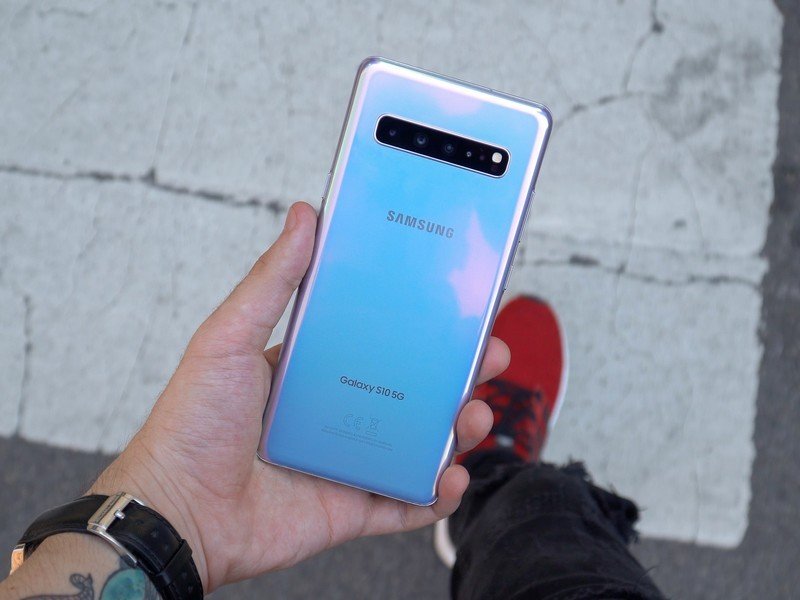
Much like foldable phones, the promise of 5G's proliferation has been delayed from our initial expectations. 2020 is where things will actually hit the mainstream in earnest due in large part to Qualcomm's push into the technology. Its new mobile platforms, the Snapdragon 865 and 765, only come in 5G versions — and that means there's a great chance that the new phone you buy in 2020 will be 5G capable, because phone makers simply won't have the option to release a 4G-only phones if they want to use the latest processors. Other inexpensive 5G-capable chips from competitors like MediaTek will also bring the new networking standard to less-expensive phones.
If there's a silver lining here, it's that 5G networks are continuing to expand now that phones are available.
That is, of course, whether you actually have access to a 5G network or not. 5G networks are still in their infancy, despite all of the noise carriers are making about their expansion. mmWave networks, such as Verizon's, are only available in specific parts of specific cities. Sub-6 5G networks, like the one T-Mobile is deploying, have the best footprint — but even in that best-case scenario, throughout 2020 you're still going to be spending a large amount of time relying on LTE.
If you're going to be buying a high-end phone in 2020, expect it to have 5G whether you think you'll use it or not — and expect to pay a little more for the phone because of it. If there's a silver lining to all this, it's that the proliferation of 5G-capable phones will also spur carriers to expand 5G networks faster — and you may actually get to use 5G consistently within the life of that phone you just bought.
Another round of amazing cameras
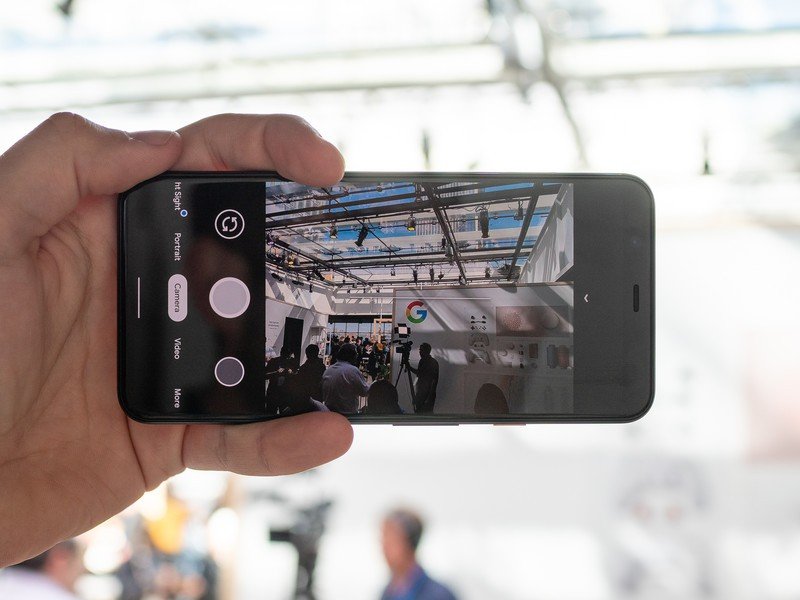
Computational photography and multi-lens camera systems have dramatically improved the quality of photos we can get out of smartphones, and it isn't going to slow down this year. A new round of camera sensors that use ultra-high-megapixel counts are coming, pushing over the 100MP barrier — and a couple are already on the market.
More megapixels, more lenses, and even better processing to combine it all.
But that doesn't mean we're going to start seeing higher-megapixel photos; the extra sensor data is going to be processed with ever-improving algorithms to combine pixels for smoother, crisper photos that output at "normal" resolutions. A 100MP camera sensor will output a 25MP, or even 12.5MP, photo in the end — but that's great, because we don't need higher resolution, we need more light and more color in our smartphone photos.
These new sensors and processing software will continue alongside the steady march of just adding more cameras to phones. Two cameras is already the norm; now we're going to see everyone standardizing on three and four-camera arrays — and at this point, it lets companies use those tertiary sensors for ever-more-specific use-cases rather than general image capture. Things like dedicated sensors for depth sensing, black-and-white capture, extra-long focal lengths and more.
Faster (and smaller) software updates
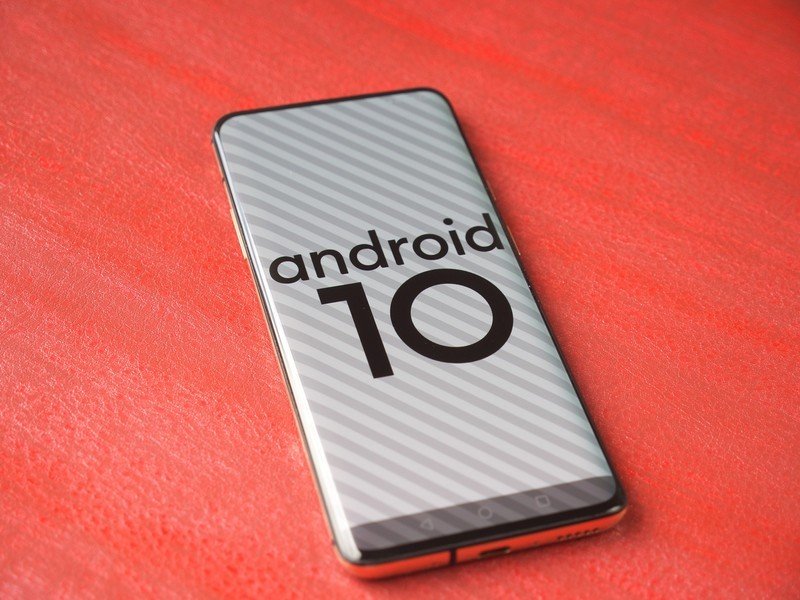
Google's changes to the way Android updates can be applied with Project Treble have already improved software update speed and consistency, but the improvement has (as usual) not been evenly distributed. Project Treble lets Google and phone makers release incremental updates easier and faster because small changes — like security patches — can be released without affecting the entire system, so we can get feature updates from Google without requiring manufacturers to tweak and re-certify all of their low-level hardware support to release the update.
The combination of Treble and Mainline will update your phone faster and more frequently.
But Project Treble only works on phones that launched on Android 8.0 or later. Now that we're a couple years removed from Android Oreo, a vast majority of phones we're using launched with Android 8.0 or 9 and have Treble capabilities. And we're nearing the end of the software update lifespan of phones that launched on Android 7.0, meaning manufacturers will be able to focus all of their attention on Treble-style updates for all of their phones. That means the potential for faster, more consistent updates in 2020 — even if you bought your phone in 2019.
That's going to get even better with phones on Android 10 in 2020 with another improvement to updates called Project Mainline, which is a perfect companion to Treble. Similarly, Project Mainline lets phone manufacturers update individual parts of the system — like hardware drivers, security features, networking components and more — without touching either the interface layer on top or the sub-Treble layer below. These updates are delivered just like app updates, through the Google Play Services framework, so they're near-seamless to the user.
The combination of Treble and Mainline isn't necessarily going to more quickly deliver major version updates, like upgrading to Android 11 late in 2020. But it will speed up smaller updates like improvements to individual features, networking tweaks, and changes to low-level controllers and drivers for improved performance in parts of the system that interface closely with the CPU and GPU. Together with Treble, we're all going to be getting software and firmware improvements more frequently in 2020.
Andrew was an Executive Editor, U.S. at Android Central between 2012 and 2020.

